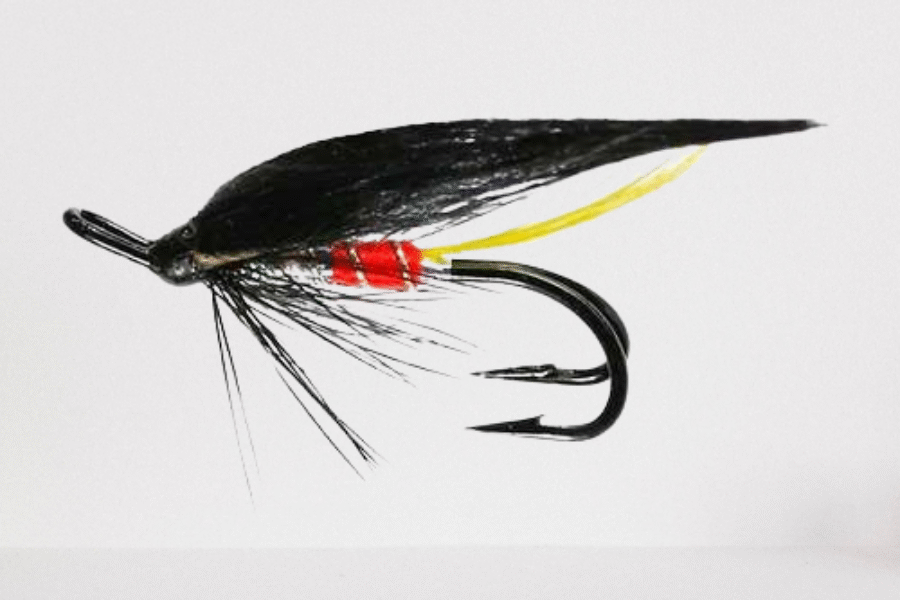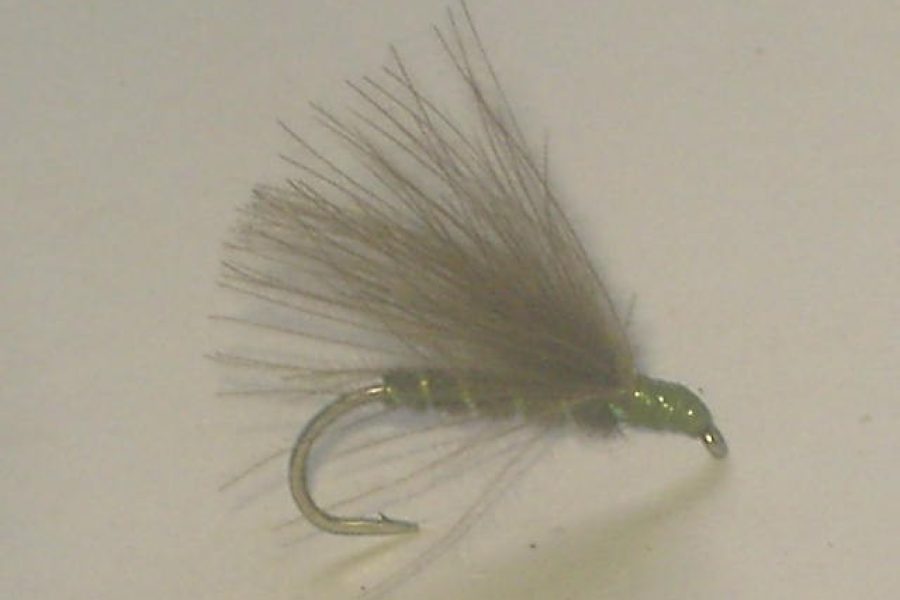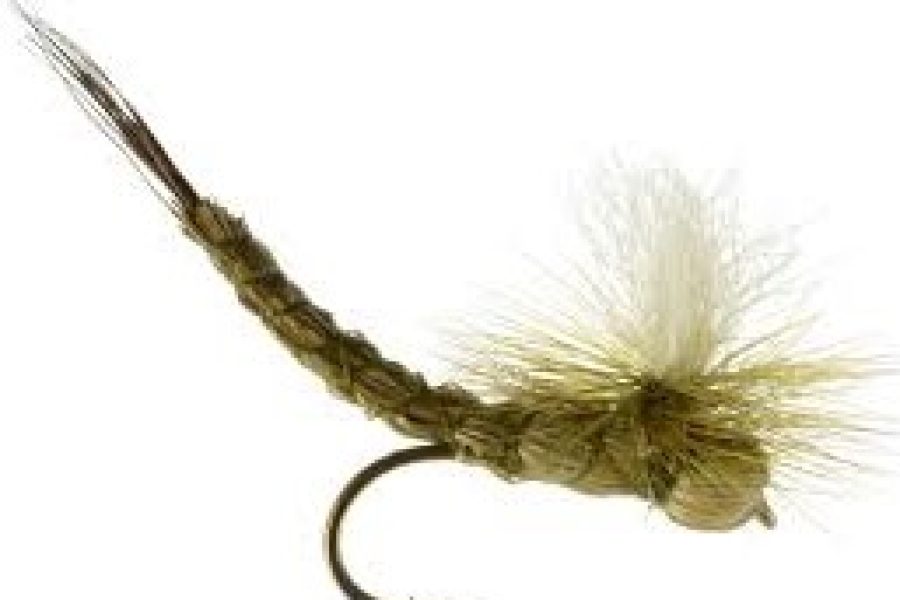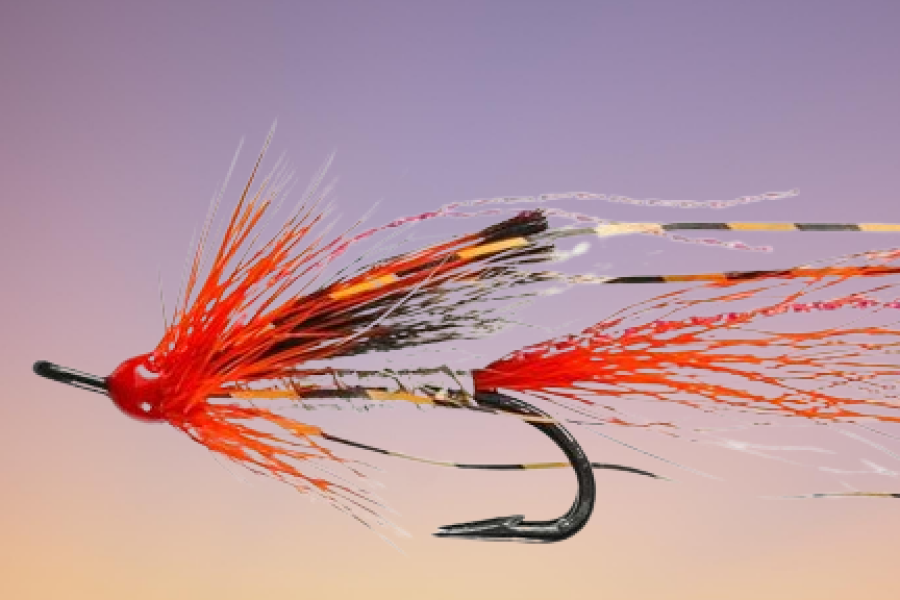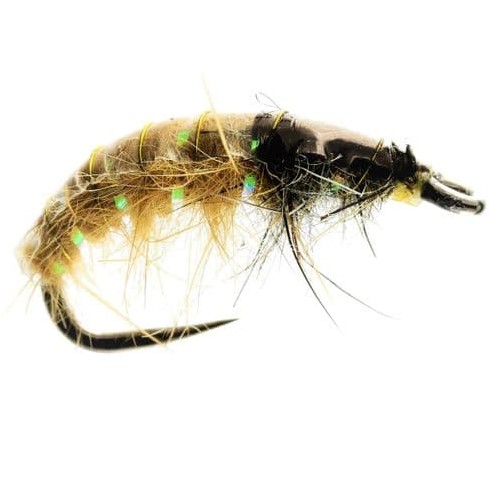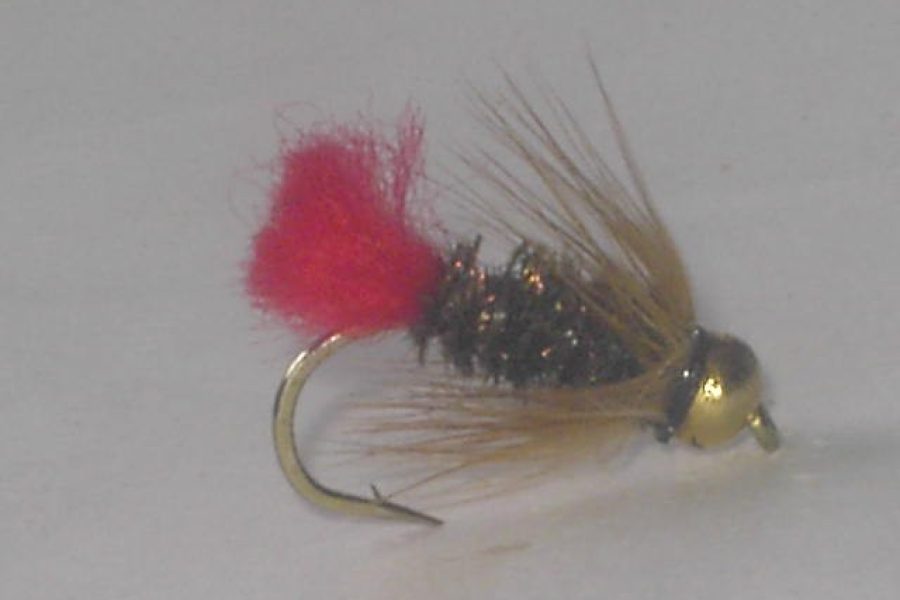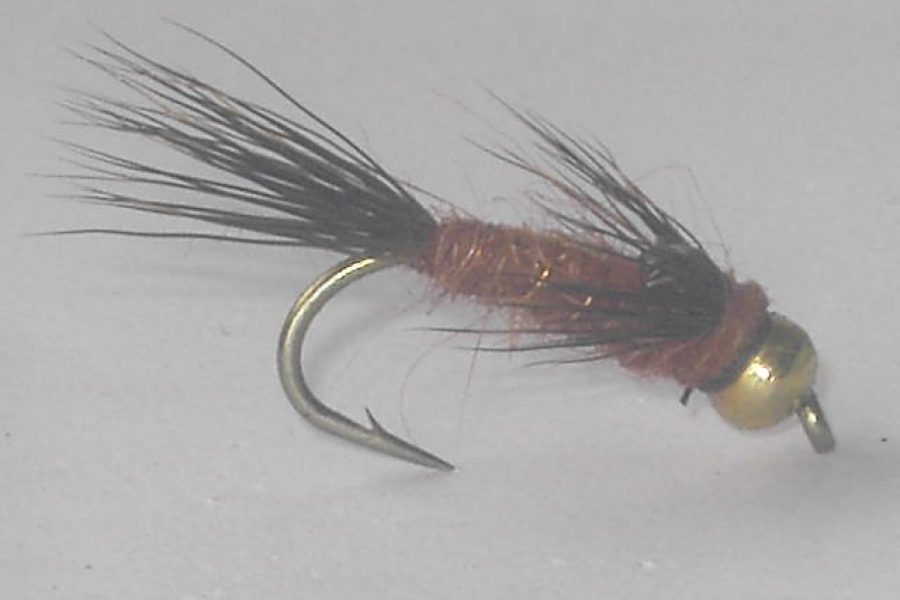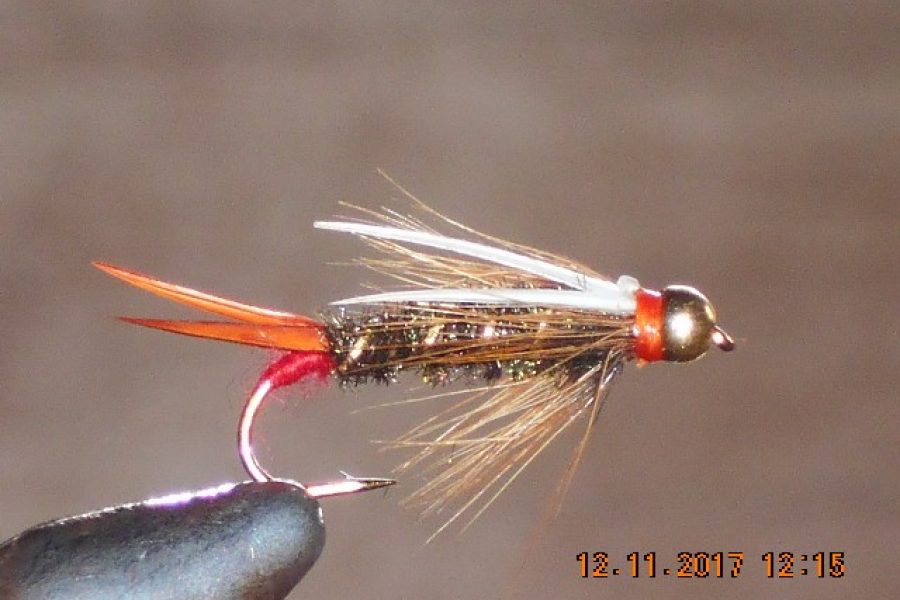Heptagenid Stonefly Nymph
Per Dozen $ 7.00
Description
Master the Art of Technical Nymphing
Introducing the Heptagenid Stonefly Nymph, a meticulously crafted pattern that perfectly imitates one of nature’s most productive food sources for trout. This sophisticated fly represents the stone-clinging stage of the natural insect, featuring precise proportions and carefully selected materials that create an incredibly realistic presentation. Each fly is expertly tied to capture the distinctive characteristics of the natural nymph, from its flattened profile to its distinctive gill structure, making it particularly effective during specific hatches and as a general searching pattern throughout the season.
Premium Materials and Technical Construction
Every Heptagenid Stonefly Nymph showcases exceptional quality through carefully selected components:
- Premium barbless hooks for improved hook-up rates
- High-grade natural and synthetic materials
- Precise weight distribution for natural drift
- Reinforced connection points for durability
- Realistic segmentation and profile
- Color-fast materials throughout
- Multiple trigger points for strikes
- Enhanced gill imitation
- Quality-tested components
- Advanced tying techniques
- Size-specific proportions
- Durable construction
- Natural colors
- Proven design
Technical Specifications:
- Hook: Premium barbless (sizes 12-18)
- Thread: White Dyneema
- Weight: Fine square lead underbody
- Tail: Fine white tail deer
- Abdomen: Oil-filled synthetic dubbing
- Thorax: Enhanced dubbing blend
- Legs: Specific stiff hackle fibers
- Gills: Specialized synthetic material
- Profile: Flattened and natural
- Movement: Subtle and lifelike
- Sink Rate: Controlled descent
- Durability: Enhanced construction
Advanced Fishing Applications
Technical Nymphing Techniques:
- Dead-drift presentations
- Short-line nymphing
- Tight-line approaches
- Contact nymphing
- Indicator methods
- European styles
- Traditional tactics
- Deep-water techniques
- Shallow presentations
- Current seam fishing
Specific Water Types:
- Fast pocket water
- Boulder-strewn runs
- Deep pools
- Riffles
- Current seams
- Tailouts
- Structure areas
- Undercut banks
- Edge water
- Mixed depths
Seasonal Strategies
Spring Tactics:
- Pre-hatch periods
- Early season approaches
- Water temperature considerations
- Color selection
- Size adaptation
- Depth control
- Presentation speed
- Pattern matching
- Water reading
- Strike detection
Summer Applications:
- Morning hatches
- Evening activity
- Deep pool techniques
- Shallow water methods
- Light considerations
- Temperature factors
- Pressure adaptation
- Pattern selection
- Timing strategies
- Multiple presentations
Fall Patterns:
- Pre-winter feeding
- Late season hatches
- Water temperature
- Light conditions
- Depth variations
- Color choices
- Size selection
- Presentation styles
- Weather factors
- Feeding windows
Winter Techniques:
- Deep water approaches
- Slow presentations
- Temperature factors
- Limited feeding periods
- Modified drifts
- Depth control
- Size choices
- Color adaptation
- Timing considerations
- Pattern selection
Habitat-Specific Tactics
Freestone Rivers:
- Pocket water presentation
- Boulder field tactics
- Run fishing
- Riffle approaches
- Current seam strategies
- Depth control
- Pattern spacing
- Strike detection
- Line management
- Drift control
Tailwaters:
- Clear water techniques
- Selective fish tactics
- Technical presentations
- Light tippet approaches
- Pattern size selection
- Color matching
- Precise drifts
- Depth management
- Multiple patterns
- Feeding lanes
Spring Creeks:
- Sight fishing methods
- Delicate presentation
- Light tippet use
- Pattern selection
- Size matching
- Color choice
- Careful approaches
- Stealth tactics
- Precise drifts
- Strike detection
Species-Specific Success
Primary Targets:
- Brown Trout
- Rainbow Trout
- Brook Trout
- Cutthroat Trout
- Bull Trout
- Mountain Whitefish
- Arctic Grayling
- Atlantic Salmon
- Pacific Salmon
- Various char species
Feeding Behaviors:
- Bottom feeding
- Mid-column feeding
- Opportunistic takes
- Selective feeding
- Active pursuit
- Passive drift feeding
- Structure-oriented feeding
- Current line feeding
- Depth transitions
- Temperature-based activity
Technical Rigging Considerations
Leader Setup:
- Technical presentations
- Traditional approaches
- Tippet selection
- Diameter considerations
- Length adjustments
- Material choices
- Knot selection
- Breaking strength
- Visibility factors
- Sink rates
Terminal Tackle:
- Weight placement
- Split shot selection
- Indicator systems
- Tippet rings
- Leader straighteners
- Line control
- Strike detection
- Depth adjustment
- Pattern spacing
- Drift control
Environmental Adaptations
Water Clarity:
- Crystal clear conditions
- Slightly stained water
- Off-color situations
- Post-rain tactics
- Spring runoff
- Summer clarity
- Fall conditions
- Winter water
- Changing conditions
- Light penetration
Weather Conditions:
- Bright sunlight
- Overcast days
- Early morning
- Late evening
- Cloudy conditions
- Rain situations
- Low light periods
- Changing light
- Shadow effects
- Barometric pressure
Care and Maintenance
Storage:
- Proper drying methods
- Moisture control
- UV protection
- Temperature considerations
- Box selection
- Organization systems
- Material preservation
- Hook protection
- Pattern separation
- Quality maintenance
Regular Maintenance:
- Hook point inspection
- Material assessment
- Connection verification
- Profile evaluation
- Performance testing
- Replacement timing
- Cleaning procedures
- Repair techniques
- Quality control
- Pattern rotation
The Heptagenid Stonefly Nymph represents the perfect combination of realistic imitation and fishing effectiveness. Its carefully designed features and premium materials ensure consistent performance across various fishing conditions. Whether you’re targeting selective trout in crystal-clear spring creeks or searching for aggressive feeders in pocket water, this pattern provides the perfect tool for technical nymphing success.
Additional information
| Hook size | 10, 12, 14, 16, 18, 20 |
|---|---|
| Hook type | Barbed Hooks, Barbless Hooks |
We're glad you're here. Let us know how we can assist — whether you're looking for barbless flies, bulk orders, or have a custom request. We're ready to help you catch the perfect deal!

